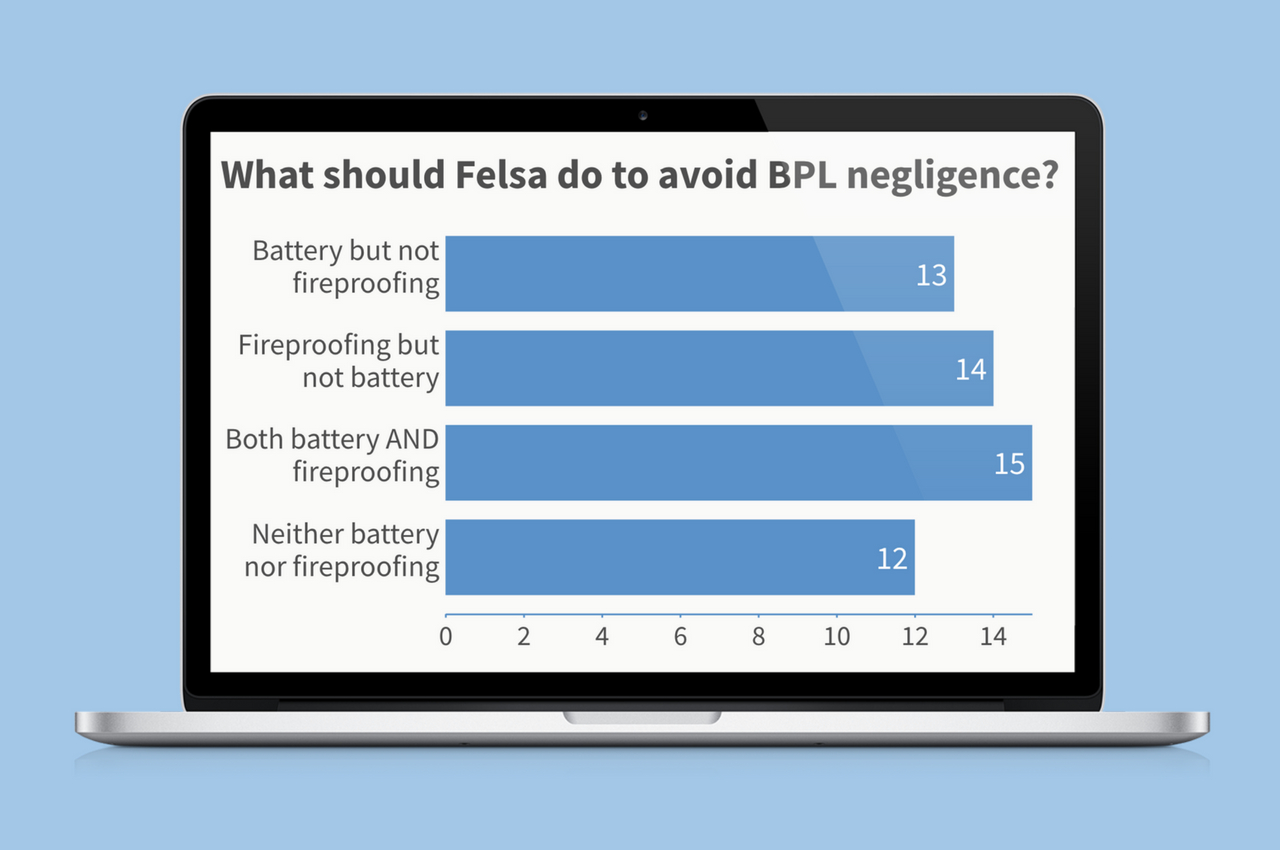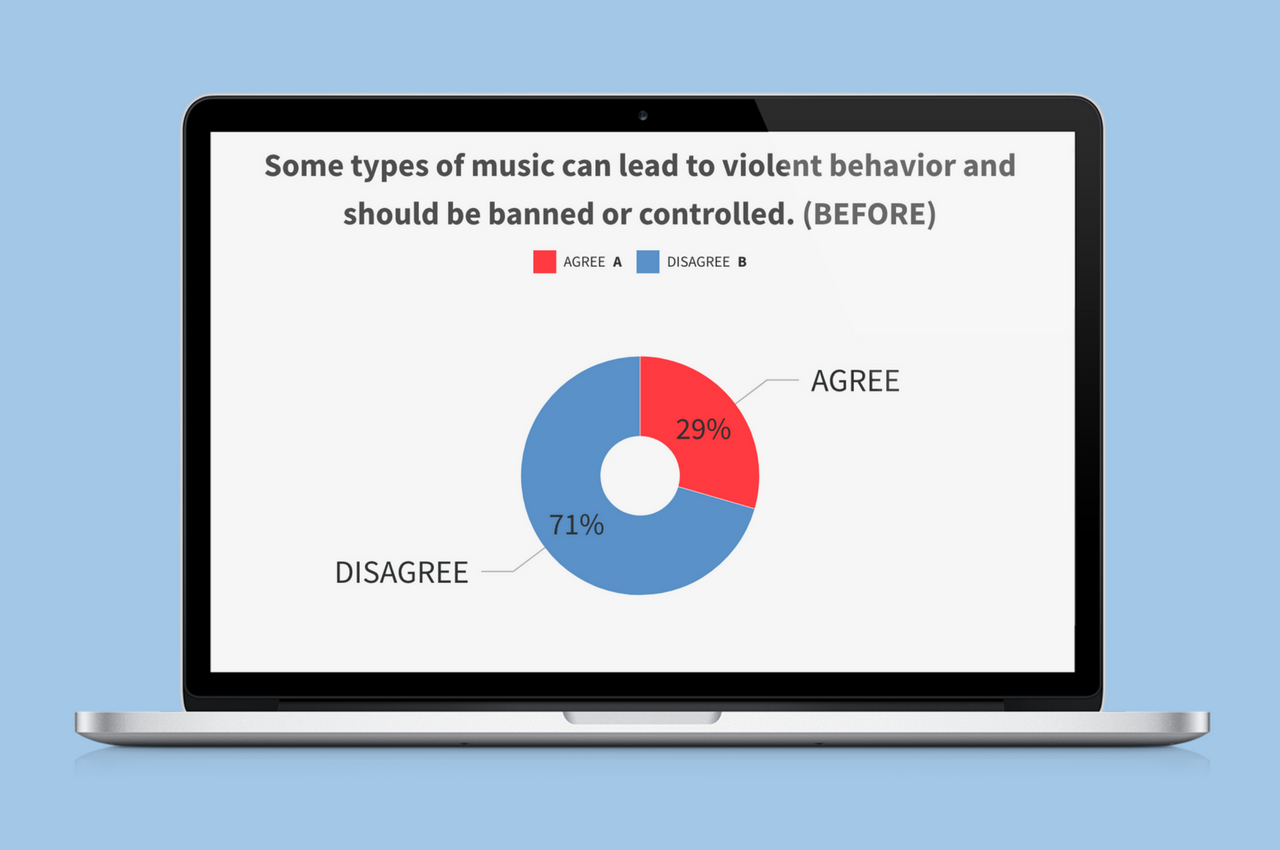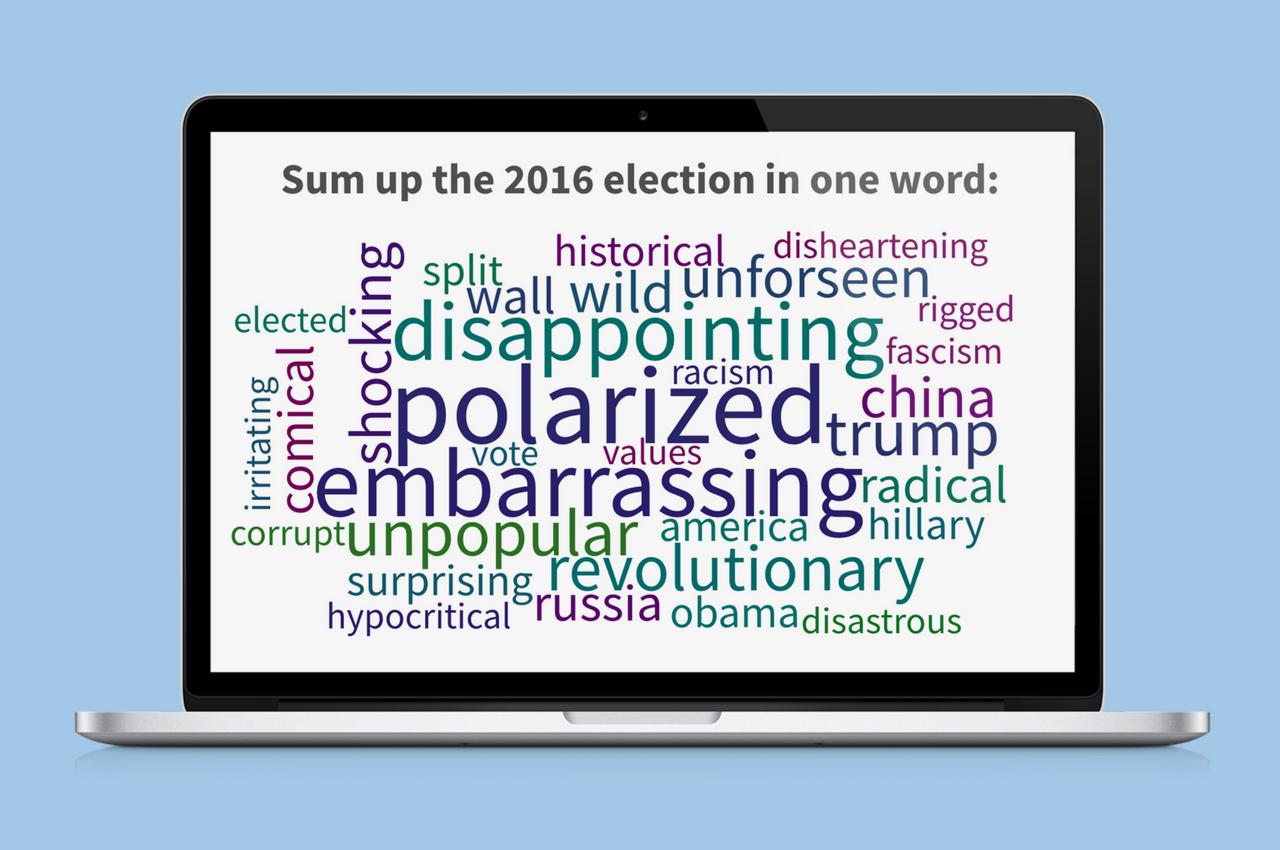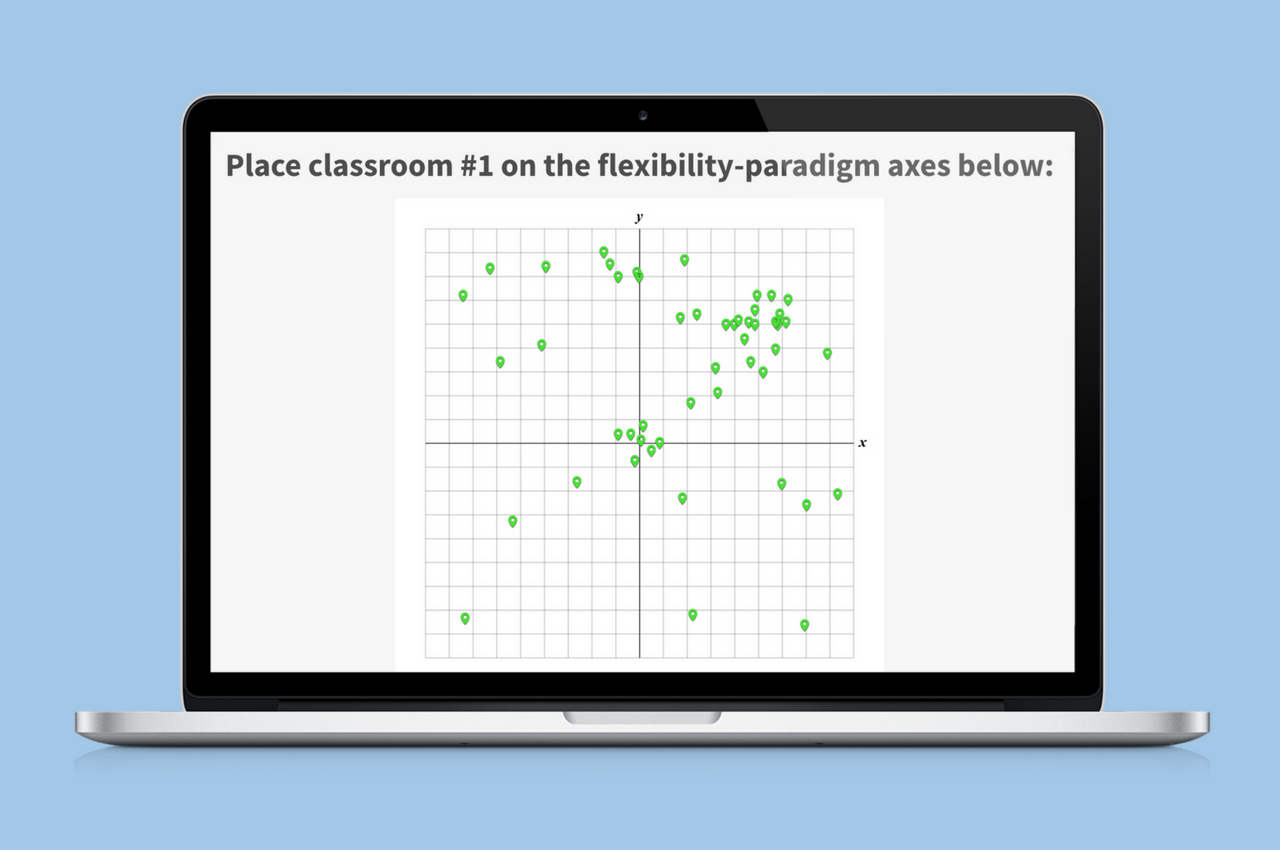5 educators share their tactics for class participation with live polling

No one enjoys being lectured about a topic they’re struggling to understand.
It’s a monotonous, frustrating slog that makes students beg to be saved by the bell.
Teachers and educators worldwide use Poll Everywhere to cut through this monotony and reimagine class participation as a two-way dialogue.
From high school teachers to college professors, I’ve collected five examples below that highlight the breadth and depth of class participation you can achieve with Poll Everywhere. You can try out any of these ideas yourself by signing up for a free Poll Everywhere account.
1. Anonymous polling gives students the courage to speak up
One Kansas Youth Pastor created a safe environment for his Youth Group to discuss sex and dating

Kansas Youth Pastor Cam Brennan knew the teens in his Youth Group felt pressured to be sexually active. He also knew the last thing they wanted was talk about this in front of their peers (or anyone else, for that matter). So Brennan turned to Poll Everywhere and its anonymity setting to cut through the drama and create a safe, comfortable space for honest conversation.
Brennan created anonymous, open-ended polls for his students. This way, they could ask whatever they wanted about sex and dating without being singled out. He also switched on moderation, just in case any jokers felt like submitting inappropriate comments that could spoil the mood. Thankfully, Brennan said, students genuinely wanted to have this conversation.
“Poll Everywhere was a great way to encourage our students to ask the questions they really wanted to ask, without having to raise their hand and ask it in front of everyone else. I’m convinced that had we done it the old fashioned way the night would have been a flop.”
– Cem Brennan
2. Formative-assessment polling exposes gaps in knowledge
To explain the nuances of law, this professor uses polling to reach class-wide consensus

Christopher Robertson teaches at the James E. Rogers College of Law at the University of Arizona. He uses multiple-choice polling during a capstone class designed to expose where students are struggling with the nuances of US law. During this class, students respond to several multiple-choice polls that have a correct answer that’s obvious to those who understand the law.
If too many students respond to one of these polls incorrectly, Robertson instructs them all to turn to their neighbor and discuss why the choice they made was the correct one. When a consensus is reached, the pair turns to another and starts the debate over. This continues until the entire class is united in their response – which is usually correct.
“I find that polling in class encourages active student participation and uncover misunderstanding of how to apply the law that warrant a second look.”
– Christopher Robertson
3. Map popular opinion with before- and after-class polling
Opinion polling warms students up to class participation and maps how their feelings change

Deborah Husbands, Senior Lecturer at the University of Westminster, uses live polling to kickstart her cognitive neuroscience classes. Students begin class by responding to an opinion poll – such as the one above – which leads into a larger classroom discussion about the underlying issue at hand. After the discussion, students are asked the same question a second time to see how popular opinion has changed.
Husbands’ students find the anonymous nature of Poll Everywhere makes it easier to engage with these tricky topics. They feel reassured when they see that other people in the room agree with their position, even if they’re in the minority. This imparts a confidence to speak up that might be lost if students were stuck in their heads.
“For me, Poll Everywhere is instant, accessible, easy to use, … and you get a real sense of what is going on with your student group.”
– Deborah Husbands
4. Help students discuss current events with targeted polls
One high school teacher’s President Election Wednesdays helped students upack a chaotic election

Peter Paccone, a teacher at San Marino High School in Los Angeles, helped his US Government students make sense of the 2016 presidential election with a variety of live polling activities. For Paccone, this was a great way to facilitate class participation. “In the weeks that followed, I asked the students several questions related to the various issues raised during the campaign,” he said.
Ripped from the headlines, these questions challenged students to weigh in on several real-word issues, including the border wall, Justice Antonin Scalia’s replacement, and voter identification. All this culminated in a word cloud that asked students their thoughts on the 2016 election in a few words (recreated above).
“When I demonstrated [this] use of Poll Everywhere for one of our school’s administrators, he was totally and completely impressed. I’ll be sure to use Poll Everywhere when I teach the election of 2020.”
– Peter Paccone
5. Coordinate axes create a visual representation of popular opinion
One senior lecturer discovers a variety of uses for interactive images as questions

Derek Bruff is director of the Vanderbilt University Center for Teaching and a principal senior lecturer in the Vanderbilt Department of Mathematics. During a workshop on active learning environments, Bruff distributed photos of three different classrooms to participants. He then asked participants to place each classroom on a set of coordinate axes representing “paradigm” and “flexibility” concepts discussed earlier (seen above).
As each group reached a consensus on where each classroom fell on those axes, they reported their results out using Poll Everywhere. “Coordinate axes seemed to serve as a good way to have participants play with the ‘flexibility’ and ‘paradigm’ ideas,” said Bruff. “Feedback from participants, as well as the overall noise level in the room, indicates that was indeed the case.”
“The coordinate axes, loaded into Poll Everywhere as a simple image, provided participants a useful tool for analyzing the classroom photos … and the aggregation of responses made possible by the response system allowed me to lead discussion in a way that was responsive to the ideas in the room.”
– Derek Bruff
Want better class participation department wide?
Our classroom response system can scale to fit your needs. Find out how.
